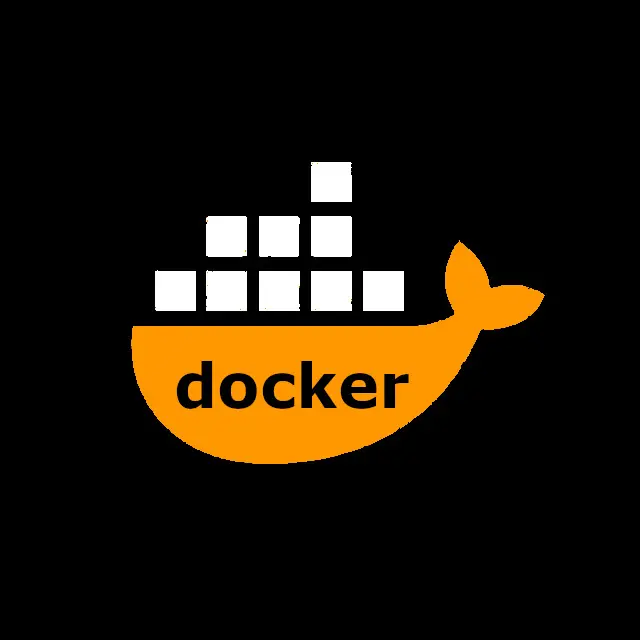
Introduction
For details on what mcp and mcpo are, see below:
https://docs.openwebui.com/openapi-servers/mcp/
Simply put, MCP is a standardized protocol service for managing and storing large model contexts, while MCPO is a scheduler that coordinates multiple MCP services. Together, they enable unified management and invocation of multiple model contexts.
Here, I will only explain how to deploy mcpo on Kubernetes and make it available for openwebui.
First, create deploy.yaml
apiVersion: apps/v1
kind: Deployment
metadata:
name: mcpo
namespace: app
spec:
replicas: 1
strategy:
type: RollingUpdate
rollingUpdate:
maxSurge: 1
maxUnavailable: 1
selector:
matchLabels:
app: mcpo
template:
metadata:
labels:
app: mcpo
spec:
imagePullSecrets:
- name: regcred
volumes:
- name: mcpo-conf
configMap:
name: mcpo-conf
- name: mcpo-data
persistentVolumeClaim:
claimName: mcpo-pvc
containers:
- name: mcpo
image: ghcr.io/open-webui/mcpo:latest
args:
- --config
- /app/config.json
- --api-key
- passwd
ports:
- containerPort: 8000
volumeMounts:
- name: mcpo-conf
mountPath: /app/config.json
subPath: config.json
- name: mcpo-data
mountPath: /app/data
The key part to focus on is:
args:
- --config
- /app/config.json
- --api-key
- passwd
- The value after
--configis the mcp server configuration. - For
--api-key, it’s best to set a key for security. The value after this is the key your client will use to connect to mcpo. For example, openwebui will need this key to connect to mcpo.
Here, I mounted two things:
- name: mcpo-conf
mountPath: /app/config.json
subPath: config.json
- name: mcpo-data
mountPath: /app/data
mcpo-conf is where the mcp configuration is mounted, and mcpo-data is for persisting some data.
Create service, ingress, pvc, and kustomization
Nothing special here.
Create the service:
apiVersion: v1
kind: Service
metadata:
name: mcpo
namespace: app
spec:
selector:
app: mcpo
ports:
- port: 8000
targetPort: 8000
name: mcpo
Create the pvc:
apiVersion: v1
kind: PersistentVolumeClaim
metadata:
name: mcpo-pvc
namespace: app
spec:
accessModes:
- ReadWriteOnce
resources:
requests:
storage: 10Gi
Create the ingress:
apiVersion: networking.k8s.io/v1
kind: Ingress
metadata:
name: mcpo-ingress
namespace: app
annotations:
kubernetes.io/ingress.class: "nginx"
nginx.ingress.kubernetes.io/ssl-redirect: "false"
spec:
rules:
- host: "mcpo.xxx.com"
http:
paths:
- pathType: Prefix
path: "/"
backend:
service:
name: mcpo
port:
number: 8000
tls:
- hosts:
- mcpo.xxx.com
secretName: xxx-cn-tls
Create kustomization:
resources:
- deploy.yaml
- svc.yaml
- ingress.yaml
- pvc.yaml
namespace: app
configMapGenerator:
- name: mcpo-conf
files:
- config.json
options:
disableNameSuffixHash: true
Pay attention to config.json
config.json defines the mcp servers and rules you want to use. Here is my configuration:
{
"mcpServers": {
"time": {
"command": "uvx",
"args": ["mcp-server-time", "--local-timezone=America/New_York"]
},
"fetch": {
"command": "uvx",
"args": ["mcp-server-fetch"]
},
"mcp-hn": {
"command": "uvx",
"args": ["mcp-hn"]
},
"openmemory": {
"command": "npx",
"args": ["-y","openmemory"],
"env": {
"OPENMEMORY_API_KEY": "om-xxxxxxxxxxxxxxxx",
"CLIENT_NAME": "openmemory"
}
},
"context7": {
"command": "npx",
"args": ["-y", "@upstash/context7-mcp"]
}
}
}
A brief explanation of the mcp servers I connected:
time: for getting the timefetch: for fetching web pagesmcp-hn: for getting Hacker News contentcontext7: see https://github.com/upstash/context7, used for getting the latest code documentationopenmemory: brings memory functionality to AI, but the cloud service is a bit unreliable and often down. See https://status.mem0.ai/. You can self-host using https://github.com/baryhuang/mcp-openmemory. Besides openmemory, there is also supermemory, but I also find it unreliable.
For other mcp servers, see:
https://github.com/modelcontextprotocol/servers
https://mcpservers.org/
https://mcp.so/
https://github.com/metorial/mcp-containers
Configure openwebui
There are two places to configure openwebui: one is in the user settings -> Tools, and the other is in the admin panel -> Tools. Note that if you are a regular user, requests to mcpo are made from the frontend JS, not the openwebui backend. If you are an admin and create tools in the admin panel, the backend makes the request. So if you can’t connect to mcpo, pay attention to this.
The address is the mcpo address, such as http://mcpo:8000/time, where time is the mcp server name.
Feel free to follow my blog at www.bboy.app
Have Fun
